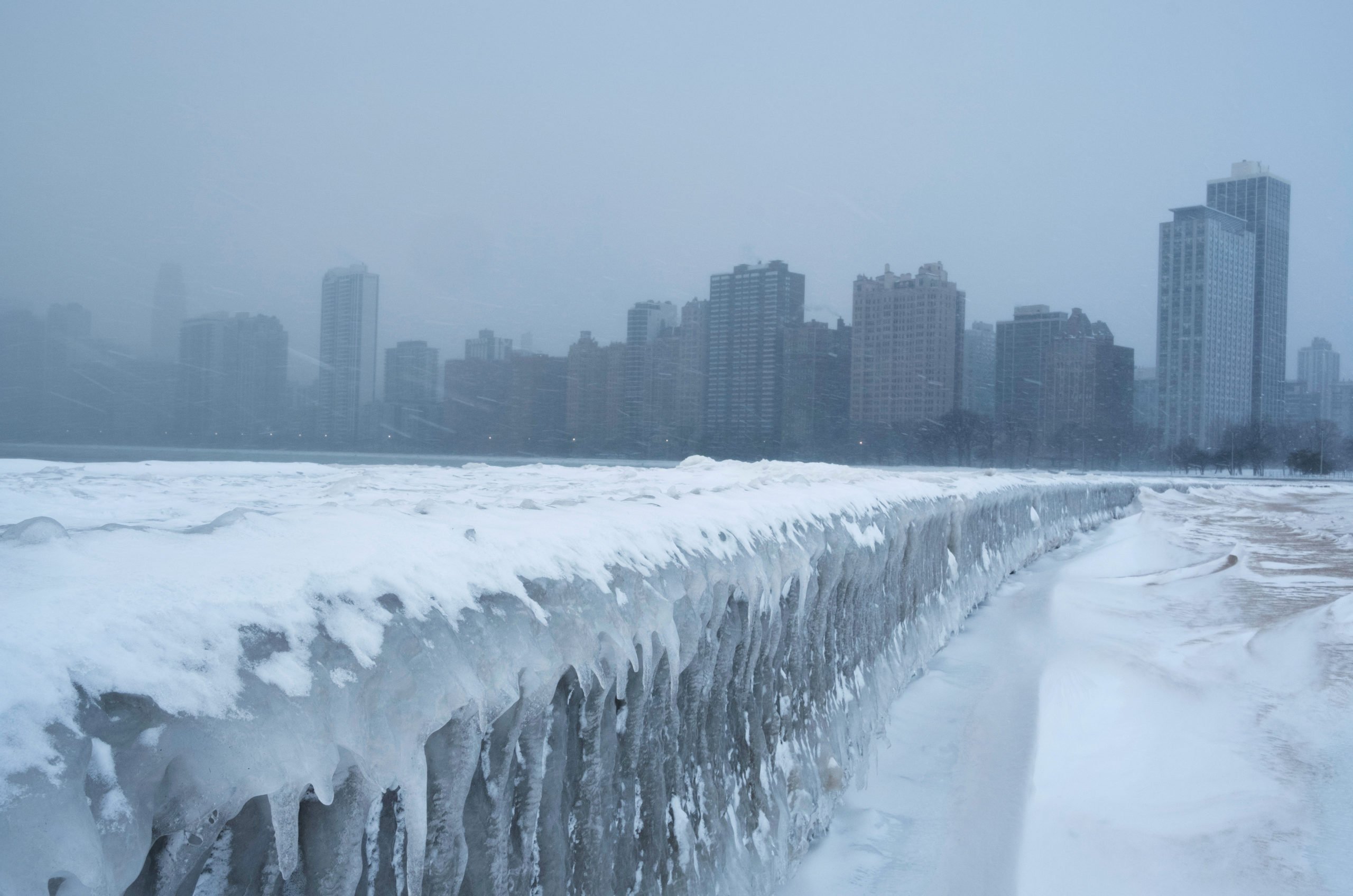
In 2019, extreme cold in the US Midwest claimed 21 lives. It was so cold that boiling water instantly froze when exposed to the outside air. America has faced similar cold periods in the past, like in 1977, 1982, 1985, 1989, and 2014.
Scientists are using advanced technology like computer algorithms, satellites, and weather balloons to study the vortex in detail. During a cyclone, the weather can suddenly turn very cold, causing drastic changes in the atmosphere.
These catastrophic events are linked to climate change and global warming. As the temperature gap between central and polar regions shrinks, polar air flows more towards the south. This can lead to extreme cold, snowstorms, and winter storms in unexpected places, posing risks to human life and disrupting transportation systems.
Scientists worry that such events may not only affect America but also Europe and Canada. To prevent this, reducing arctic temperatures, increasing the use of renewable energy, and cutting greenhouse gas emissions are crucial steps. This will help lessen the occurrence of these dangerous weather patterns.
Leave a Reply